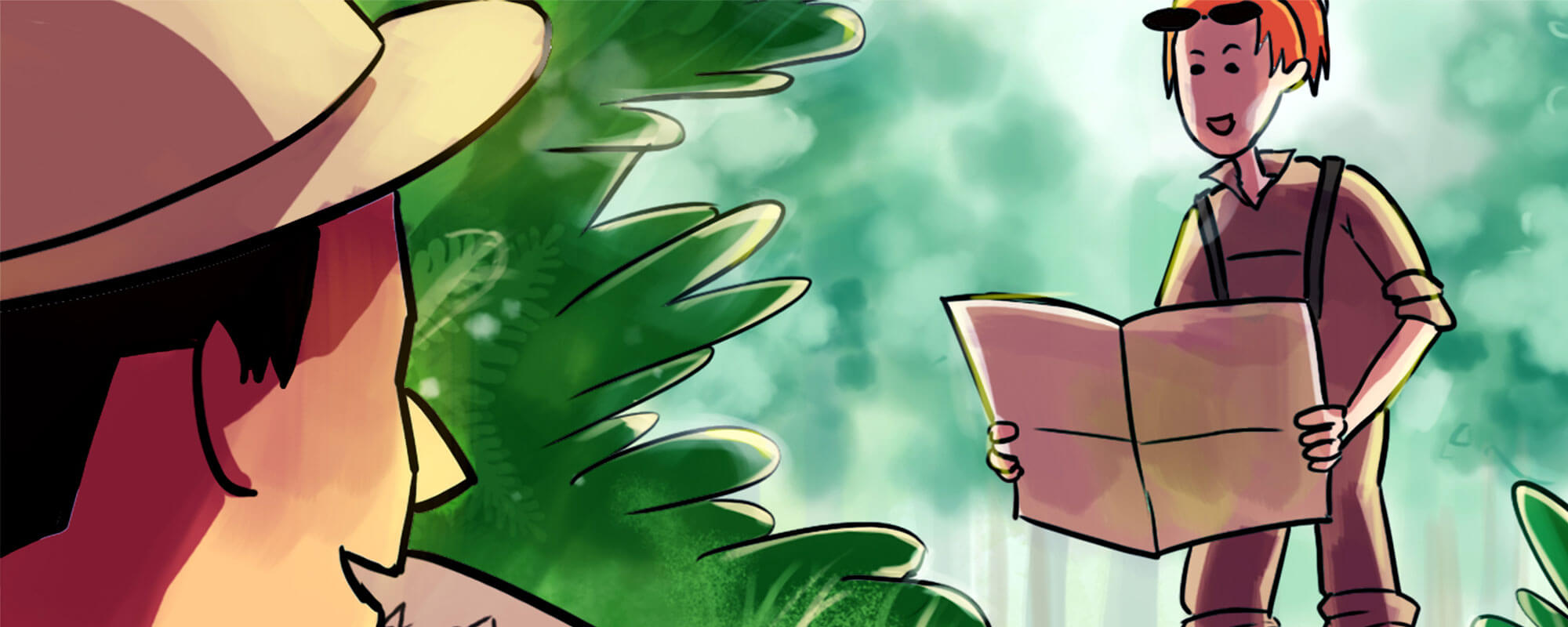
Ideas by Bridgeable
Co-creating organizational change with customers
Author
- Bridgeable
Positioning designers as an infallible source of “creativity and change” is inherently flawed. Designers who blithely return to clients with a blueprint for change that isn’t owned or generated by the client are wasting their time. The litany of projects completed by design consultants that never see implementation stand as testament to this waste. This is not to say that design cannot drive change, but rather that we need a shift in approach. Design should focus on the environment for change, using design tools to build fertile ground that our clients can use to experiment with, seed, and catalyze change.
A crucial — and challenging — part of building that environment is including customers in the process. The customer’s voice is a critical part of building organizational change because customers can probe blind spots and challenge assumptions in a way that is simply not possible from the perspective of those within a client company. However, treating customers solely as “voices” — as mere inputs into a change process — does a disservice to their potential and fundamentally limits their impact and value in the process. Our clients here at Bridgeable, many of whom operate in heavily regulated environments, have been willing to lift the curtain and allow customers to provide sharp and unbiased input, knowing that doing so will provide a new way of building organizational change.
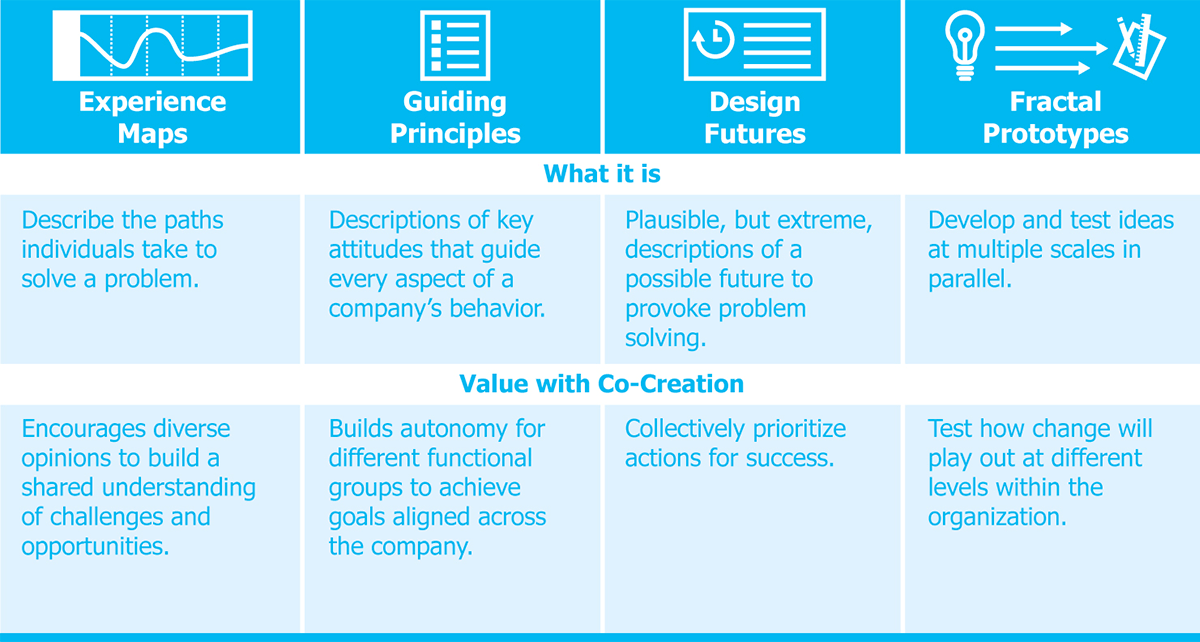
A key component of including customers in this way is “co-creation” — generative activities that require multiple individuals to work together on a given challenge. By designing co-creation experiences with a balance of exploration and practicality, we have built a body of tools that help clients create change directly with their customers. The challenges that our clients have sought to address include:
- Building a shared vision across diverse functional groups
- Prioritizing resources against an uncertain future
- Building and entrenching new capability across the organization
Co-creation is a key component of our approach to organizational change, but its application varies depending on the nature of the problem to be solved. Any co-creative experience needs to include specific design tools that create environments that encourage specific types of collaboration. By sharing three composite stories from clients committed to including customers in organizational change, we will identify common barriers that prevent companies from integrating customers into the process of change, the tools that helped us bridge these barriers in co-creation, and the sustained impact that is possible when these barriers are surpassed.
Case Study 1: Building a shared vision across diverse functional groups
How do you develop a cohesive vision for customer experience that is applicable and accessible across numerous internal teams, ranging from sales to logistics? This is already a daunting task, but when you add in the need to integrate the perspectives of customers and experts across five unique markets, this challenge takes on a whole new layer of complexity.
This client recognized the value of incorporating outside perspectives in this process, but struggled to find impactful ways to include them. How could customers and internal teams arrive at any semblance of a shared vision? Further still, could customers be included when their understanding of internal processes and needs was superficial at best? The trick, as with all of our engagements, is building an effective framework and tools to guide this process. Here, we focused on incorporating two key tools: experience maps and guiding principles.
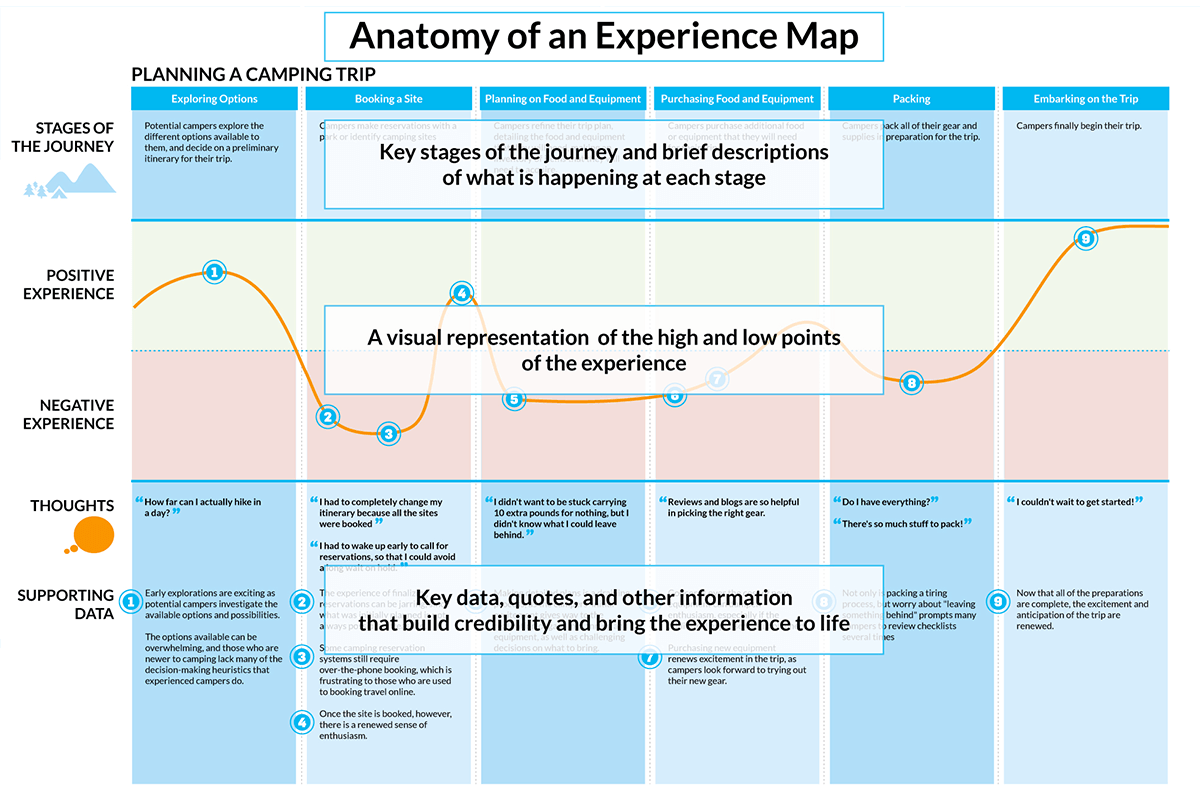
An experience map is a perfect tool for building alignment and clarity out of the complexity of the real world. It describes paths that a customer takes in his or her quest to solve a problem, whether that problem is ordering food, saving money for the future, or choosing among therapeutic options. We use an ethnographic research approach to identify the key touchpoints, challenges, and interactions that a customer has. In this approach, researchers and designers immerse themselves in the experiences of customers, through shadowing and observation, interviews, empathy exercises, and contextual inquiry, to capture the experiences of customers.
Then, using an experience map, we work to consolidate this data and communicate it in a single visual framework. This framework is critical for alignment, giving everyone a common starting point for discussing the customer’s path, and visualizing how the work of each individual team, from sales to logistics, contributes to a unified experience. An experience map also provides clarity by presenting a distilled vision of the customer experience. By using clear and distinct visuals, identifying stages of the customer’s journey, and presenting only critical information, we deliver research in a way that can be quickly understood and used as a starting point for co-creation.
By using clear and distinct visuals, identifying stages of the customer’s journey, and presenting only critical information, we deliver research in a way that can be quickly understood and used as a starting point for co-creation.
During our project, we focused every meeting, every prototype, and every conversation on the customer experience. Now, teams as disparate as marketing and finance had a shared understanding of their customer, and were able to have cross-functional discussions about how they could better work together to build better experiences. But experience mapping alone wasn’t enough to tackle the complexity of making change. The broader challenge was to inspire action across the organization towards a shared vision of success. We needed to bridge from understanding to action.
Guiding principles are that bridge. They are key attitudes that guide every aspect of a company’s behaviour. They provide a target that everyone in the organization can aspire to, but they also give latitude in how that target is met. One guiding principle might be “Focus on the difference we make to customers.” This simple but powerful statement provides a guidepost for change to be owned by everyone within the company. Someone in finance may choose to measure outputs by the number of customers served, while someone in product development might ensure that every new product has a clearly articulated benefit to customers. Regardless, everyone can assess whether they are living up to the vision. While we might not necessarily be able to co-create the vagaries of a finance department’s tasks with customers, we can co-create principles that guide the finance department’s actions.
During a series of co-creation engagements, we formed groups specific to each market that included stakeholders from executives to customers, with participants across internal divisions like sales and finance, who collaborated to improve the customer experience. They first identified key pain points within the experience map, and then developed guiding principles that set a vision for change. Working in this way helped our client see and hear, firsthand, the experiences that were critical to their customers. The guiding principles that these groups ultimately developed were imbued with perspectives from the outside world, making them much more convincing guideposts for change. As well, our client participants in the co-creation workshops became advocates armed with the feedback and perspectives of customers that they had just spent a full day working with. Those who had been resistant to change now understood exactly where the company needed to focus its efforts to truly be a leader in customer experience, and this understanding came from direct experience and interaction. They all became champions for change within their own teams.
Experience maps and guiding principles were critical to building an environment in which the client company could collaborate directly with the people it serves. Experience maps gave a common foundation upon which to build, and guiding principles gave a tangible target to work towards. In this way, we built the environment for our client team to hear what customers valued, and to develop a framework for change that catalyzed the rest of their organization. Since these sessions, we have seen many independent teams from within the organization rally behind the guiding principles, developing their own unique solutions and approaches to meeting them. Each of these teams has owned the change, and is motivated to achieve success by the impact of collaborating directly with its customers.
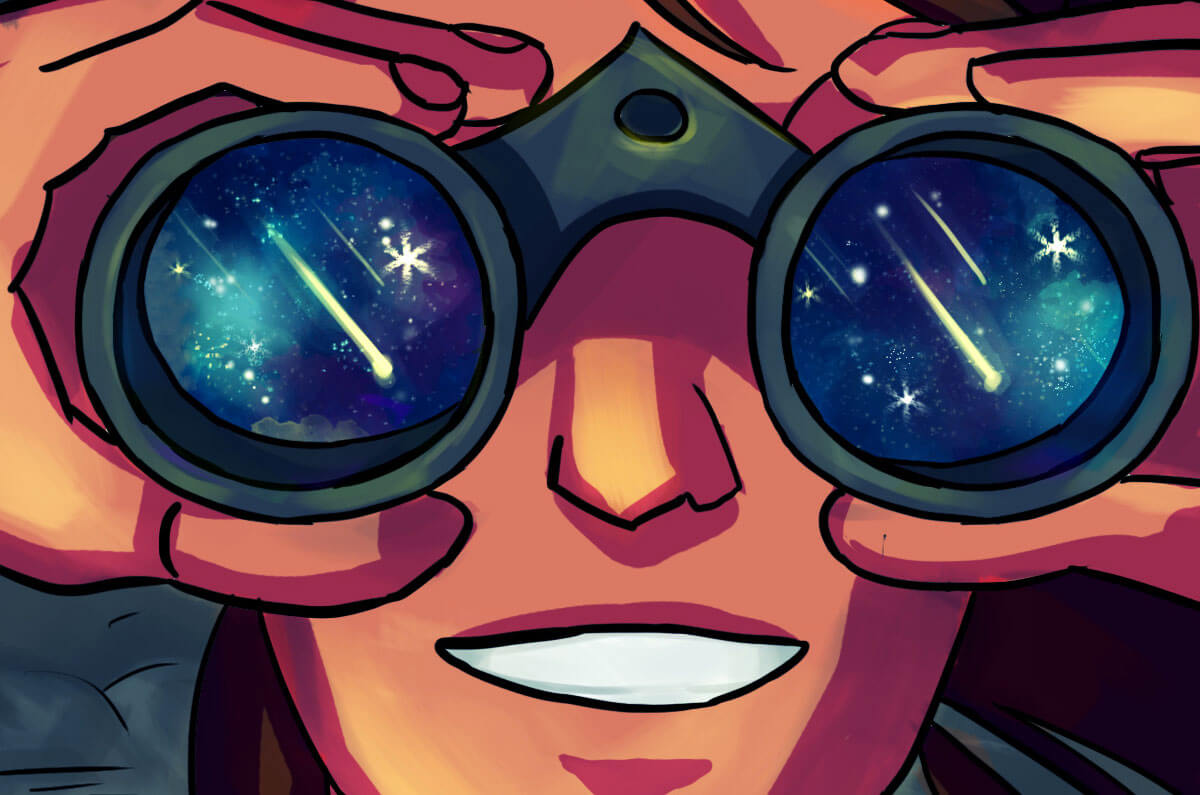
Case Study 2: Prioritizing resources against an uncertain future
So your team is the best and brightest in its field — self-starting and driven to excel — so much so that everyone is burnt out from trying to independently tackle every opportunity that comes along. How do you fix that? The situation called for a massive shift in thinking. While each member of our client team was focused on success, they had different perspectives on the goals that they were working toward and the key areas of focus that were necessary to achieve those goals. What this company needed was to prioritize investments and effort so that everyone could act where it would matter most in the future, and avoid acting in ways that didn’t contribute to that vision. The client also wanted to build confidence that their vision for investing in the future was one that resonated with its customers.
Once again, a co-creative engagement with outsiders was the best way to build (and build confidence in) that future. We collected industry experts from all over North America: independent thought-leaders, economists, policy-makers, and customers, drawing them into a co-creative session to share their thoughts and expertise. But with all of this diverse expertise in the room, we knew that we needed to create a constructive environment for collaboration, or risk the session disintegrating into argument. That’s where design futures proved to be the critical tool that gave all of the experts a common problem to solve.
Each expert developed personal ownership over the future scenario, found a shared understanding of what that future looked like, and imbued the design future with his or her unique perspective.
A design future exists to provoke creative and constructive thinking. It is a plausible yet extreme description of a possible future scenario. If we were exploring the consumer products industry, a design future might describe a world in which 3D printers are in every home and products are downloaded, not bought. This future scenario is a stretch, to be sure, but not beyond the realm of possibility. A specific, provocative scenario can create a fundamentally different way of engaging with the future. Rather than having to build out the possibilities from scratch (which is a notoriously difficult task), we could engage our participants with exploring the prerequisites and actions necessary to build a positive future scenario.
We asked teams of internal and external stakeholders to build out what would be needed for each of the design futures that we developed to occur: what was needed to enable that future, who would catalyze change, and how change could happen. Through this process, each expert developed personal ownership over the future scenario, found a shared understanding of what that future looked like, and imbued the design future with his or her unique perspective.
We then challenged these teams to identify all of the barriers that could inhibit each future scenario, and the ways in which our client could start working today to break down those barriers. Although each scenario was dramatically different from the next, it became clear that all of the teams had similar ideas of what was needed to be successful. This signalled the emergence of a clear path forward for our client. Through co-creation, the team had collectively — not individually — prioritized actions for success. Prioritization was no longer a competition; it was an act of alignment that emerged organically.
Through design futures, we were able to give complex, multidisciplinary teams a defined problem to solve. Rather than argue over the future possibilities or try to assert whose prediction of the future was most likely, they used their expertise to identify how each of the futures could become a reality and what our client could do to shepherd those futures. The result was that our client made significant, focused investments in new technology acquisitions and partnerships with the full support of their internal team and external advisors. Design futures and co-creation turned complexity and uncertainty into clear direction.
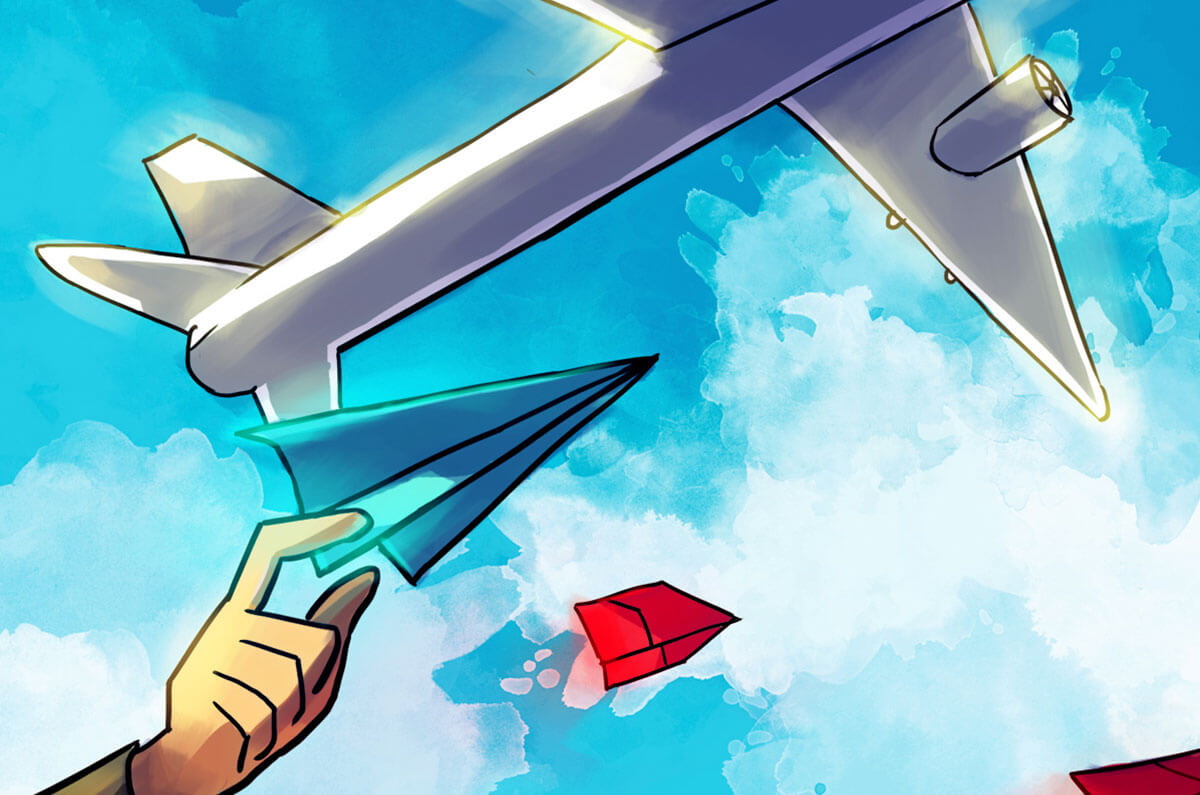
Case Study 3: Building and entrenching a new capability across an organization
When the strengths of your team are a deep scientific knowledge and a drive for technological innovation, how do you build the capability and desire to communicate complexity across your organization? Not only did our client team need to define a vision for how complexity should be communicated, but they also needed a bottom-up approach to change that would spread throughout their organization under its own momentum. They needed to convert people who had been blockers to these types of initiatives to being champions, and they needed to define this change without existing in-house expertise in new modes of communication.
The broader client organization has highly-regulated relationships with its customers; it’s an environment in which most customer communications continue to be developed in incomprehensible, “legacy” ways that emphasize mitigating legal risk over customer understanding. The organization recognized that this model for communication was broken, and wanted to lead change across its industry. But first, it needed to build internal capability and momentum. Our client team identified a group of customers and subject-matter experts from outside the company who were passionate about changing the way communications were made. We needed to find a way to include these external voices in change that would propel itself across the organization.
With each new prototype, the client team — a diverse group with representatives from sales, legal, marketing, and product development — learned more about how the guiding language could be strengthened.
With existing modes of communication firmly entrenched in the industry, we knew there could be strong internal resistance to change. If we developed a broad, idealized vision for change, it could be seen as impractical or arbitrary. On the other hand, if we only developed small, specific changes, the existing norms of the organization would overwhelm the individual communication, precluding broader change. The solution was focusing our iterative co-creation engagement on building fractal prototypes — prototypes that explore and develop change at multiple levels simultaneously. On one level, we developed an overarching “language” for customer communications; on the other, we developed specific changes to existing communication materials to demonstrate how that language could be applied. With each new prototype for a change to existing materials, the client team — a diverse group with representatives from sales, legal, marketing, and product development — learned more about how the guiding language could be strengthened. In tandem, as the guiding language evolved, so did the strength and fidelity of changes at the ground level.
As they worked at both of these levels with customers and experts, the client team was able to clearly demonstrate the value of its vision to the rest of the organization by developing an inspiring vision for change as well as practical examples of how it could be implemented. Whereas our other case studies demonstrate how we engaged diverse people in building out abstract concepts, this is a story about how prototyping at multiple levels catalyzed change.
Here, for the first time ever, was a complete example of what future communications could be. Each new change to specific communication materials was supported by customers, and championed by a passionate team that shepherded those materials through development. By doing so successfully, the team proved to its organization and its industry the value of each specific change in communications as well as the value of the broader language that informed it. It all began with co-creation, focused on fractal prototyping, between a dynamic internal team and its external partners. Together they built a blueprint for change that inspired the rest of the organization.
Changing design
In our work at Bridgeable, external engagement is critical to building awareness and desire for change, but the nature of that engagement and our application of co-creation is fundamentally different each time. Building a shared vision, prioritizing resources, and building new capabilities are wildly different problems, and the tools we used in the three case studies above reflect this. In each case, we needed to adapt the nature of co-creation and integrate different design tools to build the environment necessary to solve the particular problem at hand. Our design efforts focus on building this unique environment — an environment in which our clients can collaborate effectively with external stakeholders to solve their unique challenges and make lasting change.
Designers should recognize that it is not enough to build change in isolation — that is a recipe for false starts, internal silos, fatigue, and resistance. Instead, we are looking to upset the traditional approach, to apply design tools that create an environment in which external stakeholders can be catalysts for change. Although it requires quite a bit of “big picture” thinking, the awareness, desire, and momentum for change that this approach brings makes it a much-needed part of any organizational change process.
This article was originally published in Design Management Review, 26:3 — a publication of the Design Management Institute.
Author
- Bridgeable
This article was originally published in Design Management Review, 26:3 — a publication of the Design Management Institute.
Related Ideas